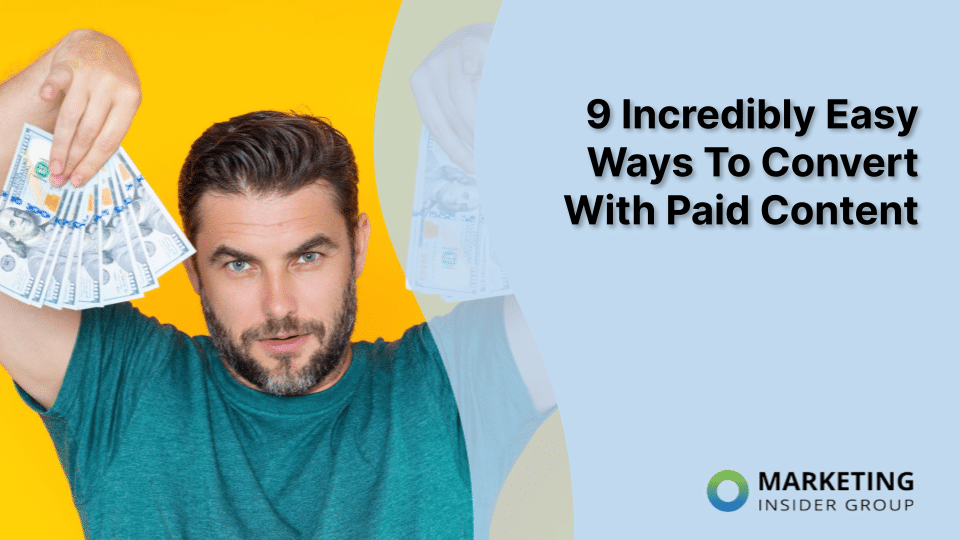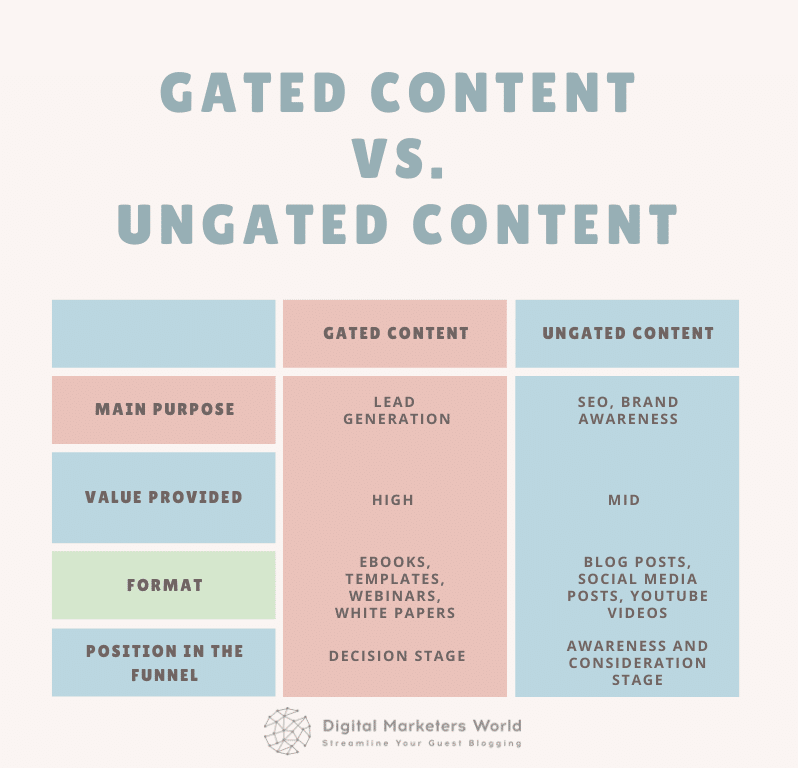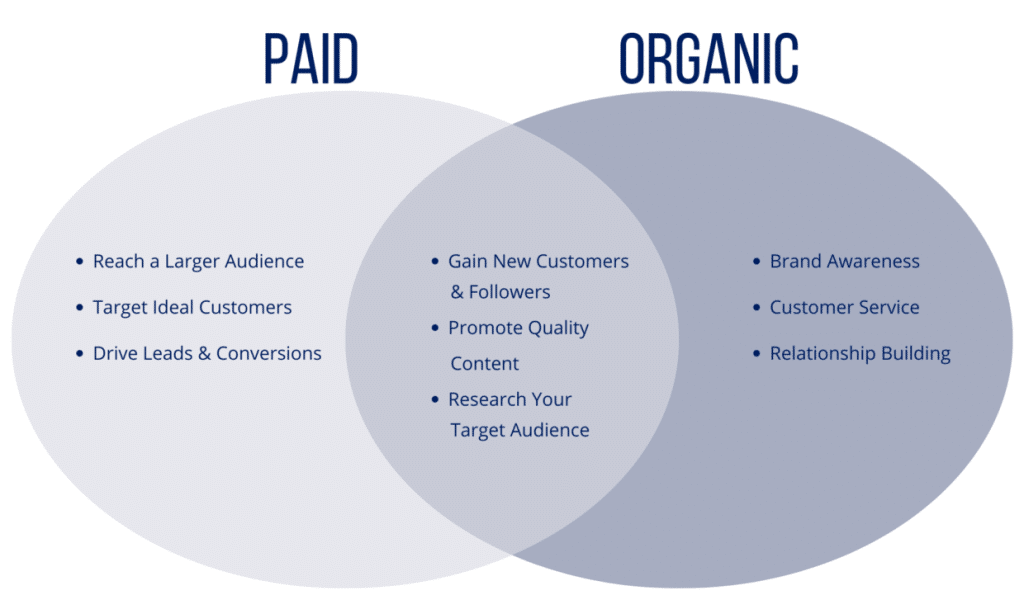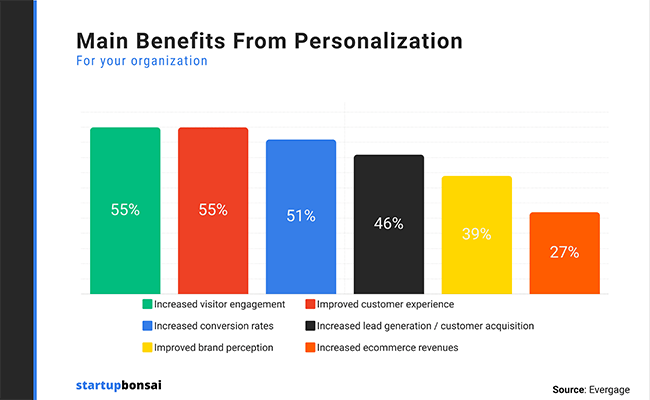
Have you ever thought about whether your paid content is pulling its weight? Sometimes, what you think is top-notch content might not hit the mark for your audience, especially when they’re deciding to buy.
In reality, your gated content is like a toll booth. It offers valuable insights and guides, providing a quick path for your clients to decide. Yet, they have to pay a price, not always in cash but maybe with their personal info or a sign-in.
So, think about it: Is your content compelling enough for customers to share their personal details? It’s vital for your sales, sure, but if your audience doesn’t see the value, they won’t engage. Your job is to build trust, clearly show the worth of your content, and make that trade of information feel like a fair deal. After all, a smoother, quicker buying journey benefits everyone.
Quick Takeaways
- People are willing to exchange their personal information for paid content because it offers exclusive, high-quality insights or experiences they can’t find elsewhere.
- While free content attracts and informs audiences, paid content deepens engagement, converting casual visitors into loyal customers and enhancing the perceived value of a brand.
- Effective content marketing, especially when it’s personalized and high-quality, plays a crucial role in helping customers make informed decisions, potentially reducing their need to seek information elsewhere.
- Successful paid content strategies include creating valuable and exclusive content, building a community, and ensuring a seamless user experience to encourage audience payment and engagement.
What’s the Deal with Paid Content?
Paid content, also known as gated content, is basically any form of content on the internet that you have to pay to access.
Think of it like a ticket to a movie or a concert. You’re paying for the experience, the knowledge, the entertainment – whatever it is that the content is offering. This could include:
- Templates
- Webinars
- Videos
- Ebooks
- White papers

Image Source: Digital Marketers World
But here’s the catch: Your customers don’t necessarily need to pay with money. They can also pay for content by giving up their personal contact information, like:
- Full name
- Address
- Phone number
If you’re new here, you may be wondering why your target audience would pay for content when they can access so much content for free. My answer to that is one word: exclusivity.
Paid content is usually exclusive. It’s often higher quality, more in-depth, or offers something that you can’t get anywhere else. Plus, it’s usually copyrighted, which means it’s unique to the creator or platform you’re buying it from.
Combine each of these factors and many of your audience members won’t mind adding their name to your email list in exchange for some high quality content.
Paid Content vs. Free Content
The internet is chalked full of free, or organic, content. From blogs and podcasts to YouTube videos and social media posts, there’s a ton of information out there that won’t cost you a dime.
I encourage you to think of free content as the appetizer. It’s intended to give an audience just a taste of what’s to come. Once they start craving more, that’s where paid content comes in.

Image Source: Spectrum Net Designs
While free content gets the word out and draws people in, paid content is what keeps them coming back for more. It’s what turns casual browsers into loyal customers and followers into fans.
At the end of the day, you need to be publishing both free and paid content to create a balanced, effective content strategy. This way, you can build trust and create a community that sees value in your brand.
What The Content Marketing and Relationship Currency Facts Tell Us
- Help Self-Educating Customers. Customers who read informative content are 131% more likely to convert, and they’re 83.6% more likely to buy from companies that provide educational material, indicating decision makers count on content now more than ever.
- Engaging Content Drives Loyalty. 78% of consumers believe that brands focused on custom content are more trustworthy than those that generate generic content, reinforcing the value of personalized and relevant content in building long-term customer relationships.
- Use Blogging To Increase Credibility. Marketers who blog are 13x more likely to enjoy positive ROI, suggesting that starting the conversation with a blog with a call-to-action is a way to engage with customers at the right place in the journey.

Image Source: Propello
This content marketing research indicates customers are counting on content to help them make their decision. Maybe too much content, actually. What if they had access to better content earlier in their decision-making process?
9 Ways To Help Customers Manage Paid Content
1. Use Content Bait
Use short, easy-to-consume (free) content to establish your reputation and catch the attention of your customers. This attention-getting strategy will drive qualified traffic to your paid content.
Pro Tip: Leverage evergreen blogs by exchanging links to gated content landing pages.
2. Create A Great Landing Page
Make sure your landing page clearly articulates your value proposition so the customer understands what they will receive in exchange for their contact information.
Pro Tip: Place a short SlideShare presentation on your landing page to help you seal the deal!
3. Offer Only High-Value Gated Content
This is the golden rule. If your content is top-notch, informative, and unique, people will pay for it. Invest time in research, make your content engaging, and always aim to provide value.
Leverage a paid research report, white paper, or an eBook to collect on your customers’ relationship currency.
Pro Tip: Collect the minimal amount of data to begin a strategic nurturing program.
Video Source: ThinkMedia
4. Offer Exclusive Content
Make your paid content exclusive. It should offer insights, information, or experiences that your free content doesn’t provide. This exclusivity will make it more appealing and worth the investment.
5. Build A Community
Be a thought leader. Create a sense of community among your audience.
This could be through a members-only forum, exclusive webinars, or special events. A strong community can encourage members to pay for the added benefits.
6. Leverage FOMO (Fear of Missing Out)
Promote limited-time offers, exclusive deals, or special content available only to paying members. The fear of missing out can drive customers to pay for content.
7. Prioritize A Seamless User Experience
Make sure your website or platform is user-friendly. A smooth, hassle-free experience can encourage customers to return and pay for your content.
8. Share Your Success Stories
Share testimonials or success stories from satisfied customers who found value in your paid content. This can build trust and convince potential customers of the value they’ll receive.
9. Use Content Marketing Strategies
Promote your paid content through blogs, social media, email marketing, and other channels. The more visibility your content has, the more likely customers are to pay for it.
Integrating AI and Personalization in Paid Content
Using AI in content marketing can really amp up your strategy. It lets us figure out what users like, what they click on, and what keeps them coming back for more. This way, we can make content that’s more like what they want to see.
Here’s something to think about: A recent study shows that 55% of surveyed marketers say that the #1 benefit of creating personalized content is better engagement and an improved customer experience. That’s major. It means when we get personal with our content, people are way more likely to get into it.

Image Source: Startup Bonsai
So, how do we do this? It starts with understanding our audience. We use AI to look at what people are doing, what they like, and what they’re into. Then, we use that info to tweak our content so it hits home with our audience.
For example, if someone’s been checking out a lot of articles on a specific topic, AI can help us show them more of what they’re interested in. Or if we know what kind of webinars someone likes, we can suggest similar ones they might not want to miss.
The main point is, AI helps us make our paid content feel like it’s made just for the person reading it. When folks feel like we’re talking right to them, they’re more likely to stick around and check out what we have to offer.
Measuring the ROI of Paid Content
So, how do you know if your paid content is really paying off? Measuring the return on investment (ROI) of your paid content is about knowing what’s working, what’s not, and where to put your dollars next. Are people signing up? Engaging? Coming back for more? These are the questions you need to answer.
Here’s a simple way to start:
1. Track everything
Use tools that show you not just who’s looking at your content, but how they interact with it. Are they sticking around to read the whole thing? Are they bouncing off the page faster than a rubber ball? Here are some key metrics to pay attention to:
- Engagement Rates: How many people are interacting with your content? More engagement usually means your content is hitting the mark.
- Conversion Rates: This is about how many people take the action you want them to take, like signing up for a webinar or downloading an Ebook.
- Customer Acquisition Cost: How much are you spending to get a new customer through paid content? Lower costs here mean better ROI.
- Lifetime Value of a Customer: If your paid content brings in customers who stick around and keep buying, that’s a big win for your ROI.
This info is gold when it comes to understanding what’s resonating with your audience.
2. Connect the dots
Next, connect the dots between your content and your sales. This might sound like detective work, and well, it kind of is. You want to trace the path from someone reading your content to making a purchase or taking a desired action. Consider using the following tools and techniques:
- Analytics Tools: Use tools like Google Analytics to track how users interact with your content. Where do they click? How long do they stay?
- A/B Testing: Try out different versions of your content to see what works best. This can help you fine-tune your approach and boost your ROI.
- Surveys and Feedback: Sometimes, just asking your audience what they think can give you great insights into how valuable your content is to them.
These tools can help you see this journey and figure out which pieces of content are real moneymakers.
But remember, ROI isn’t just about immediate sales. It’s also about building relationships. If your content is turning first-time visitors into regulars or getting people to sign up for your newsletter, that’s value right there. These actions might not fill your pockets today, but they’re building a foundation for future revenue.
3. Look at the big picture
Lastly, don’t forget to look at the big picture. Paid content is just one piece of your marketing puzzle. How does it fit with your other efforts? Is it boosting your brand’s reputation? Is it making your other marketing work harder or smarter? Sometimes the true value of paid content is in the support it gives to your overall marketing strategy.
To-Toll or Not-To-Toll, That Is Content Marketing Question
If your content doesn’t hit the mark for customers, they might just keep on learning on their own, dodging the need to give up their info to get past your content gate. They’ll find plenty of stuff to read and watch, sure, but they might end up spending more time and effort just to avoid sharing their details.
So, if you’re planning to lock down your content, you’ve got to make sure it’s worth it for your audience. Otherwise, why not go for an open-door approach with your content marketing? Build trust and make it easy for folks to get what they need. Think of it as the yellow brick road – inviting and straightforward, though remember, even that path had its own set of challenges.
Ready to learn more about how you can catch and keep your audience’s attention? The first step is to create high quality content that engages your audience. Get started today by checking out our weekly blog content service, or schedule a free consultation now to learn more!

0 Commentaires